WunderQuiz
Uncorking the Essentials: A Beginner's Guide to Wine
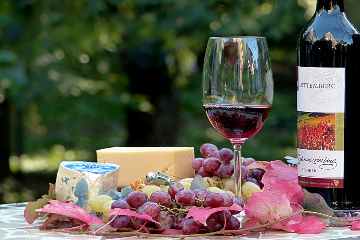
Uncorking the Essentials: A Beginner's Guide to Wine
Do you at least have basic knowledge of wine?
Quiz Preview
Muscadet can be an aging wine.
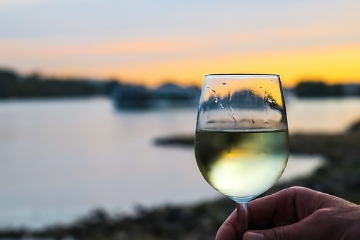
Muscadet is not traditionally considered an aging wine, but there are exceptions.
Most Muscadet wines are meant to be consumed within 1–3 years of release, focusing on their freshness and vibrant acidity.
Some Muscadet wines are aged on their lees (dead yeast cells) for months, which can add complexity, creaminess, and a slight nuttiness.
High-quality Muscadet "sur lie" wines can age well for 5–10 years, developing richer flavors of honey, nuts, and brioche while maintaining their minerality.
Do you have to drink wine to enjoy it?
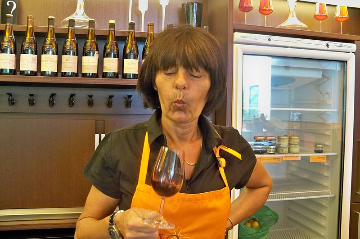
- You can just slurp it. Slurping wine is a technique often used by wine professionals, sommeliers, and enthusiasts during tastings to enhance the sensory experience and analyze the wine more effectively.
- You can smell it: identifying scents like fruits, spices, flowers, or earthiness.
- You can visually appreciate it: Admire the color, clarity, and viscosity ("legs") of wine in the glass.
- You can explore the history and geography of wine.
- You can learn about the techniques of winemaking.
Wine is as much about the experience, culture, and stories as it is about drinking. Whether you're a taster, collector, or enthusiast, there's plenty to explore!
An old wine is always good.
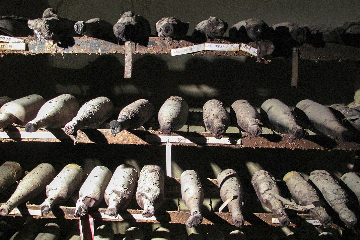
Some wines are meant to be drunk young.
Some good wines should absolutely not be stored in the cellar.
Some wines are valued for their acidity and fresh fruit flavors, which fade with aging.
for example:
- Light-Bodied Whites: Sauvignon Blanc, Pinot Grigio, Albariño, Muscadet.
- Rosé Wines: Provence Rosé, Grenache-based Rosés.
Some wines will spoil because they lack the tannin structure.
- Light and Fruity Reds: Beaujolais Nouveau, some Gamay, and young Pinot Noir.
White wine does not pair at all with cheeses.
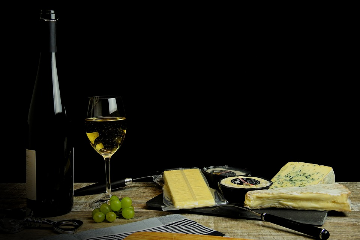
It’s a common misconception that white wine doesn’t pair well with cheese. In fact, white wine often pairs better with cheese than red wine! Here's why:
Acidity: White wines are typically more acidic than reds, cutting through the creaminess and fat of cheese, refreshing the palate.
Freshness: The lighter body and fresh flavors of white wine complement delicate and creamy cheeses.
No Tannins: Red wines with high tannins can clash with the saltiness and fat of many cheeses, whereas white wines are smoother and more harmonious.
You should decant full-bodied red wine.

Yes, it's true that full-bodied red wines often benefit from decanting, but the necessity and duration depend on the specific wine.
Why should you decant full-bodied red wine.
Aeration (Allowing the Wine to Breathe)
Decanting exposes the wine to oxygen, which helps soften tannins and enhances flavors and aromas.
This is especially beneficial for young, robust red wines like Cabernet Sauvignon, Syrah/Shiraz, or Malbec.
Sediment Removal
Older full-bodied reds may develop sediment during aging, which can taste bitter or gritty.
Decanting separates the wine from the sediment.
A wine glass should be held by the stem.
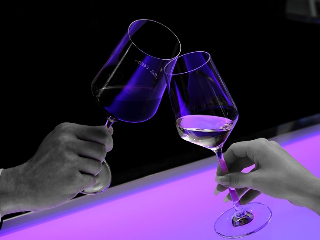
- Temperature Control: To avoid warming the wine
- Preserving Clarity: Touching the bowl leaves fingerprints, which can obscure the wine's appearance.
- Proper Swirling: Holding the stem allows you to swirl the wine more easily.
- Elegance and Etiquette: Holding the glass by the stem is considered more refined and follows traditional wine etiquette.
The robe of a wine is:

The robe of a wine refers to its appearance in the glass, particularly the color, clarity, and viscosity. It's one of the first aspects assessed during a wine tasting and provides clues about the wine's age, variety, and quality.
You can store bottles of wine at room temperature.
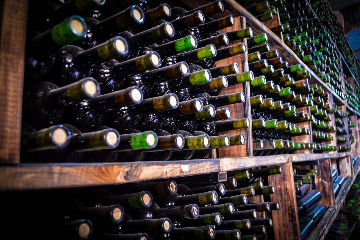
Wine is stored between 10 and 14°C.
Storing wine at room temperature for an extended period is not recommended, especially for fine wines or those intended for aging. For best results, use a wine fridge, cellar, or a cool, dark space in your home.
Grapes are the most cultivated fruit in the world.
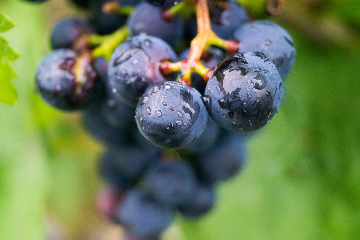
Grapes are indeed among the most widely cultivated fruits globally. This is largely due to their diverse uses, including:
- Wine production: A significant portion of grapes is grown for winemaking, which is a major industry worldwide.
- Fresh consumption: Grapes are consumed as table grapes in many countries.
- Raisins and juice: Grapes are also dried into raisins or processed into grape juice, contributing to their high demand.
What is the term used to describe a specific type of grape, such as Merlot or Chardonnay, used for making wine?
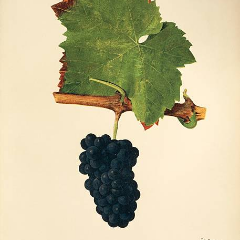
A specific type or variety of grape, such as Merlot, Chardonnay or Gewürztraminer, is called a grape variety or cépage (a term commonly used in French-speaking wine regions).
These terms refer to the genetic type of grapevine used to produce wine, each with its unique characteristics influencing the flavor, aroma, and style of the wine.
Most Red wine is made from red juice grapes.
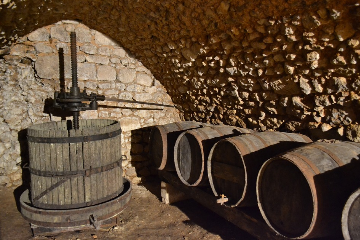
The juice of most red grape varieties is actually colorless. The red color of red wine comes from the skins of the grapes, which are left in contact with the juice during the fermentation process, allowing the pigments to be extracted.
There are some exceptions:
A few grape varieties, like Alicante Bouschet, have red juice due to their unique pigmentation (called teinturier grapes), but these are rare.
Where does the tannin in red wines come from?
Tannins are polyphenolic compounds found in the skins, seeds, and stems of grapes. During the winemaking process, red wine is fermented with these parts of the grape, which allows the tannins to be extracted into the wine. This extraction process gives red wine its characteristic astringency, bitterness, and complex flavors.
Tannins contribute to the structure and mouthfeel of red wine, and they also act as natural preservatives, helping the wine to age well. The level of tannins can vary significantly depending on the grape variety, the winemaking techniques, and the aging process. For example, grapes like Cabernet Sauvignon and Nebbiolo are known for their high tannin content, while others like Pinot Noir tend to have lower tannin levels.
What does the term "terroir" refer to in winemaking?
Which of the following is a common grape variety used in red wine?
What does the term "vintage" refer to in wine?
The term "vintage" in wine refers to the year in which the grapes used to make the wine were harvested. It’s an important indicator because it provides insight into the wine’s age, quality, and characteristics, which are influenced by factors such as weather conditions during that particular year.
Which of the following are characteristics of tannins in wine?
Astringency: Tannins create a drying sensation in the mouth, similar to the feeling of drinking strong tea. This is because tannins bind with proteins in your saliva, reducing lubrication.
Bitterness: Tannins can add a subtle bitter note, particularly in young, highly tannic wines.
Texture: Tannins contribute to the mouthfeel of a wine, often described as smooth, velvety, or coarse depending on their quality and integration.
Structure and Balance: They provide structure and body to red wines, balancing the fruit and acidity.
Aging Potential: Tannins act as natural preservatives, helping red wines develop complexity over time. Over years of aging, tannins soften, resulting in a smoother and more harmonious wine.
Which is the biggest wine-producing country in 2024?
As of 2024, the top six wine-producing countries are:
Italy: Regained its position as the world's largest wine producer, with an estimated production of 41.0 million hectoliters in 2024.
France: Experienced a significant decrease in production, estimated at 36.9 million hectoliters in 2024, marking a 23% decline from the previous year.
Spain: Produced approximately 33.6 million hectoliters in 2024, reflecting an 18% increase from 2023.
United States: Maintained its position as the fourth-largest producer, with an estimated production of 23.6 million hectoliters in 2024.
Argentina: Projected to produce 10.9 million hectoliters in 2024, showing a significant recovery from previous years.
Australia: Estimated production of 10.6 million hectoliters in 2024, despite challenges such as adverse weather conditions.




